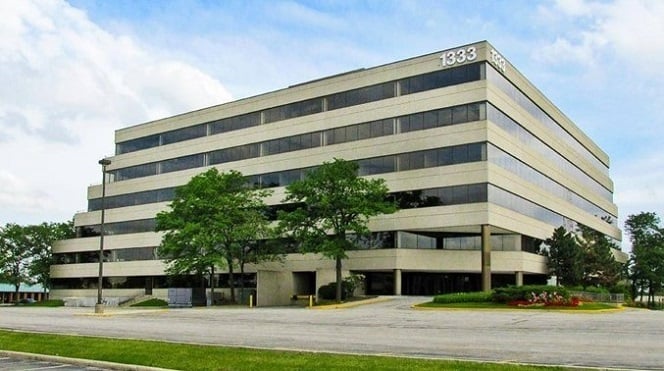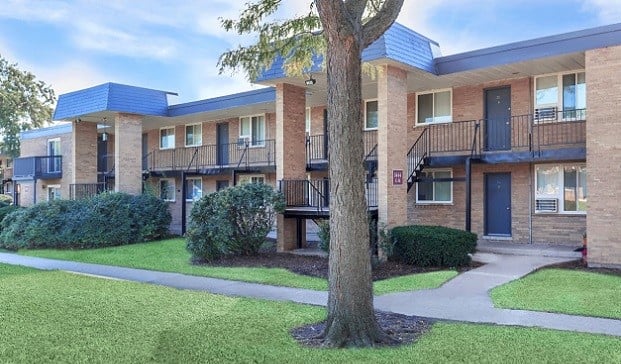Around the world, sustainability is becoming an increasing focusin the commercial real estate (CRE) space. Just this year, the UNreleased Transforming Our World, a roadmap for sustainable developmentwhich identifies 17 majorgoals to be achieved by 2030. These goals describe calls toaction that focus on the need to improve efforts in development ineconomic, social and environmental areas, and include a significantemphasis on sustainability as an important component ofdevelopment.
Market forces increasingly reward investments in the sustainabledevelopment and operation of buildings. Many studies, such as areport put out by Cleveland State University last year, show thatoptimizing the energy efficiency of an asset improves propertyvalues. Tenants are demanding energy efficient buildings thatinclude green building features, such as higher quality lightingand improved indoor air quality. We're seeing that tenants areincreasingly willing to pay a premium for these green buildingattributes. In addition, there is a growing number of local andnational regulations that require the benchmarking and disclosureif commercial buildings' energy usage prior to selling, leasing, orfinancing. As a result, certifications that recognize a building'senergy performance, such as LEED and Energy Star, are increasinglyvalued by many investors, tenants and lenders alike.
GRESB: Addressing Sustainability on a PortfolioLevel
Continue Reading for Free
Register and gain access to:
- Breaking commercial real estate news and analysis, on-site and via our newsletters and custom alerts
- Educational webcasts, white papers, and ebooks from industry thought leaders
- Critical coverage of the property casualty insurance and financial advisory markets on our other ALM sites, PropertyCasualty360 and ThinkAdvisor
*May exclude premium content
Already have an account?
Sign In Now
© 2024 ALM Global, LLC, All Rights Reserved. Request academic re-use from www.copyright.com. All other uses, submit a request to [email protected]. For more information visit Asset & Logo Licensing.








